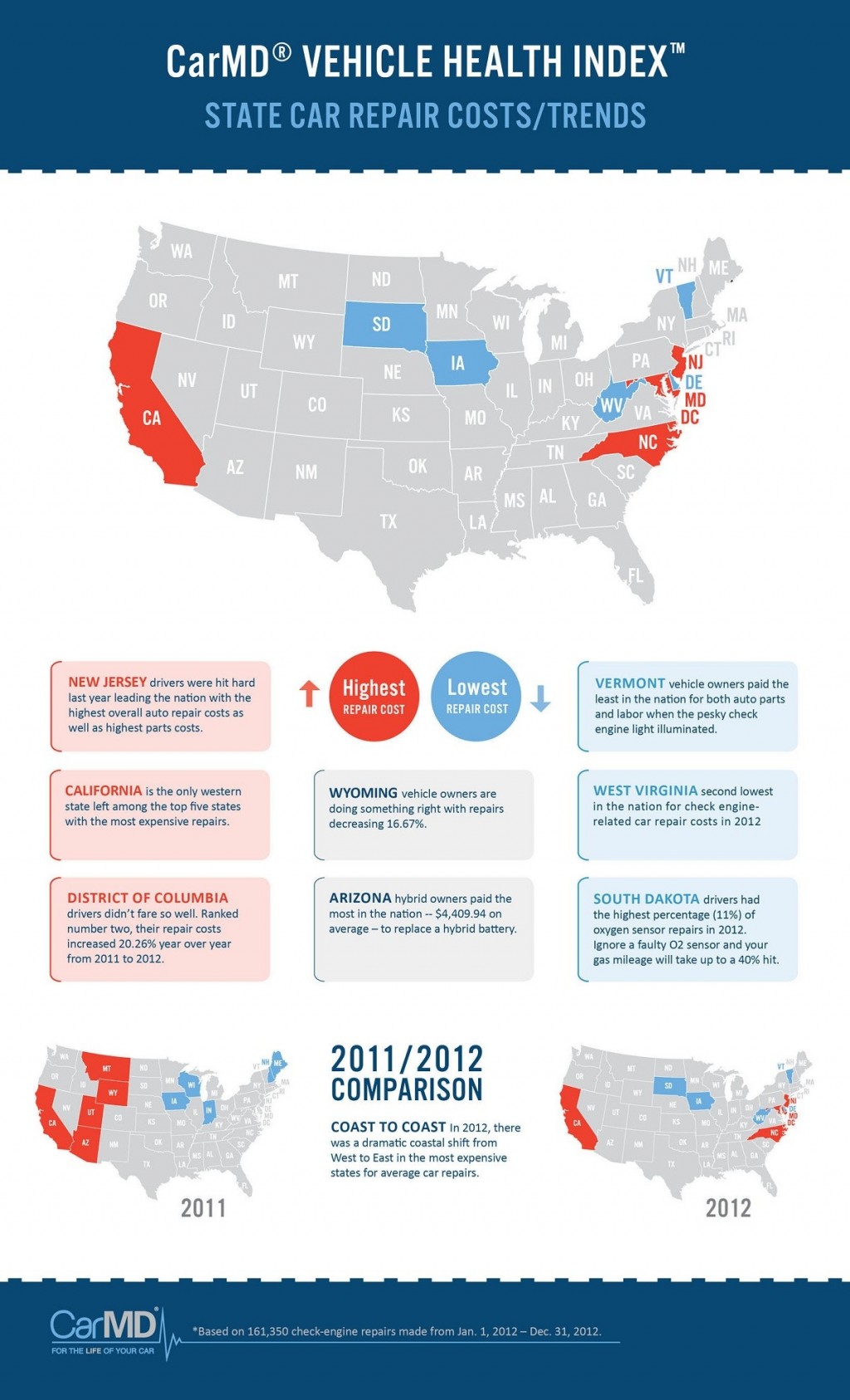Understanding Your Car'S Caution Lights: What Do They Really Mean?
Understanding Your Car'S Caution Lights: What Do They Really Mean?
Blog Article
Team Author-Termansen Dalgaard
When you're behind the wheel, those glowing caution lights on your dashboard can be a bit puzzling. Do you understand what they're trying to tell you regarding your vehicle's health? Comprehending the significance of these lights is essential for your safety and the longevity of your vehicle. So, the following time among those lights appears, wouldn't you intend to decode its message properly and take the essential actions to address it?
Common Warning Lights and Interpretations
Determine common warning lights in your cars and truck and comprehend their meanings to make certain safe driving.
One of the most regular warning lights include the check engine light, which signals concerns with the engine or emissions system. If this light comes on, it's vital to have your car checked promptly.
The oil pressure alerting light shows reduced oil pressure, needing immediate focus to avoid engine damages.
A flashing battery light could recommend a malfunctioning charging system, potentially leaving you stranded if not addressed.
https://laist.com/news/transportation/going-electric-california-car-mandate-would-hit-mechanics-hard (TPMS) light notifies you to reduced tire pressure, influencing car stability and gas effectiveness. Disregarding this could cause hazardous driving conditions.
The abdominal muscle light shows a problem with the anti-lock braking system, jeopardizing your capability to quit quickly in emergencies.
Lastly, the coolant temperature cautioning light warns of engine getting too hot, which can lead to severe damages otherwise dealt with swiftly.
Comprehending these typical caution lights will certainly assist you attend to concerns quickly and preserve safe driving conditions.
Relevance of Prompt Attention
Understanding the typical warning lights in your vehicle is just the primary step; the value of immediately addressing these cautions can't be highlighted sufficient to ensure your safety and security when driving.
When a warning light brightens on your dashboard, it's your automobile's way of connecting a prospective problem that needs attention. Overlooking these cautions can result in extra severe troubles down the road, jeopardizing your safety and possibly costing you extra in repairs.
Motivate focus to advising lights can stop failures and accidents. For example, a blinking check engine light might show a misfire that, if left neglected, can create damages to the catalytic converter. Addressing this promptly can save you from an expensive repair.
In a similar way, a brake system cautioning light might signal reduced brake liquid or worn brake pads, critical components for your safety and security when driving.
Do It Yourself Troubleshooting Tips
If you discover a caution light on your control panel, there are a couple of DIY fixing suggestions you can attempt before looking for professional help.
The very first step is to consult your cars and truck's guidebook to understand what the details caution light suggests. Often https://cheapoilchangenearme29406.blogchaat.com/31252931/waiting-on-the-relevance-of-automobile-describing-for-your-automobile-s-resale-value can be as basic as a loosened gas cap activating the check engine light. Tightening up the gas cap may deal with the issue.
One more usual concern is a low battery, which can set off different cautioning lights. Checking the battery connections for deterioration and ensuring they're protected could repair the problem.
If a warning light persists, you can attempt resetting it by separating the vehicle's battery for a few mins and then reconnecting it. In addition, inspecting your lorry's fluid degrees, such as oil, coolant, and brake liquid, can help repair advising lights associated with these systems.
Conclusion
In conclusion, understanding your cars and truck's caution lights is essential for maintaining your car running efficiently and safely. By without delay addressing these signals and understanding what they indicate, you can stay clear of pricey repair work and potential break downs.
Remember to consult your auto's handbook for particular details on each advising light and take action appropriately to ensure a trouble-free driving experience.
Keep informed, remain safe on the road!
